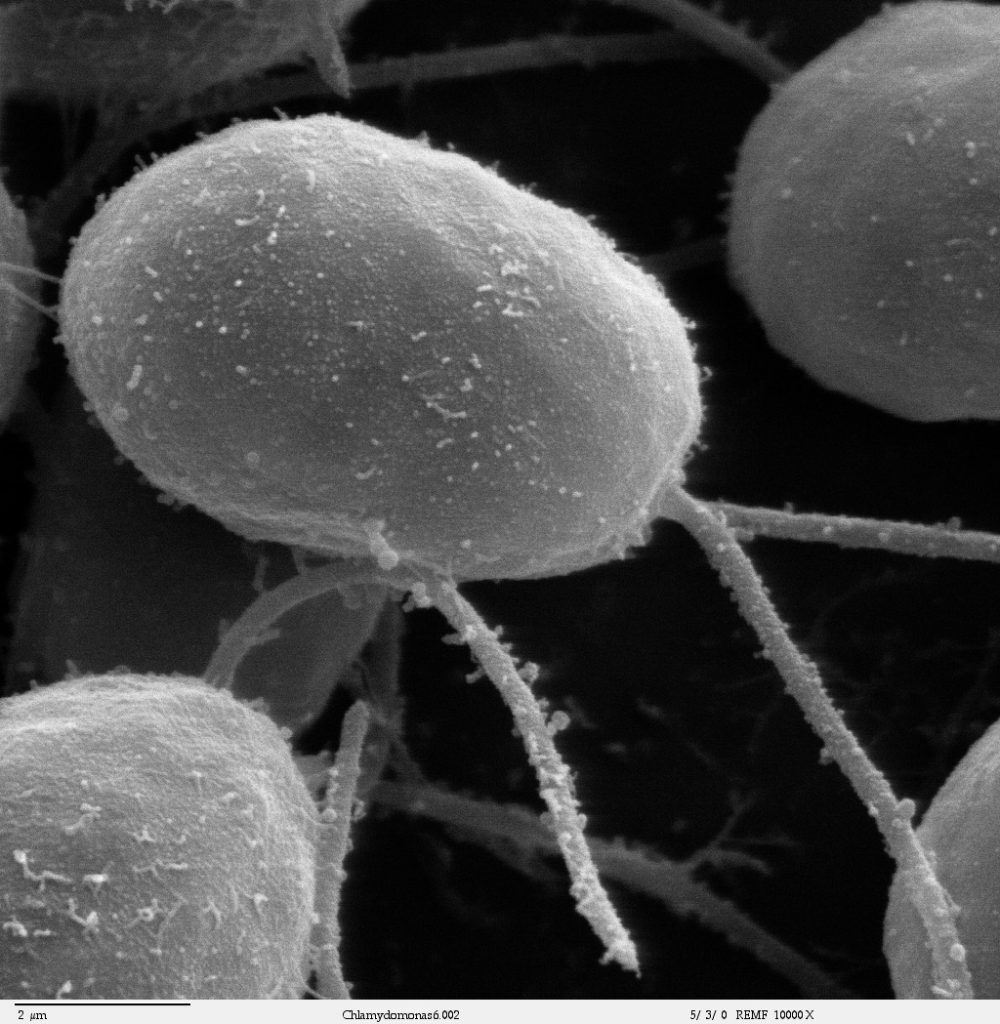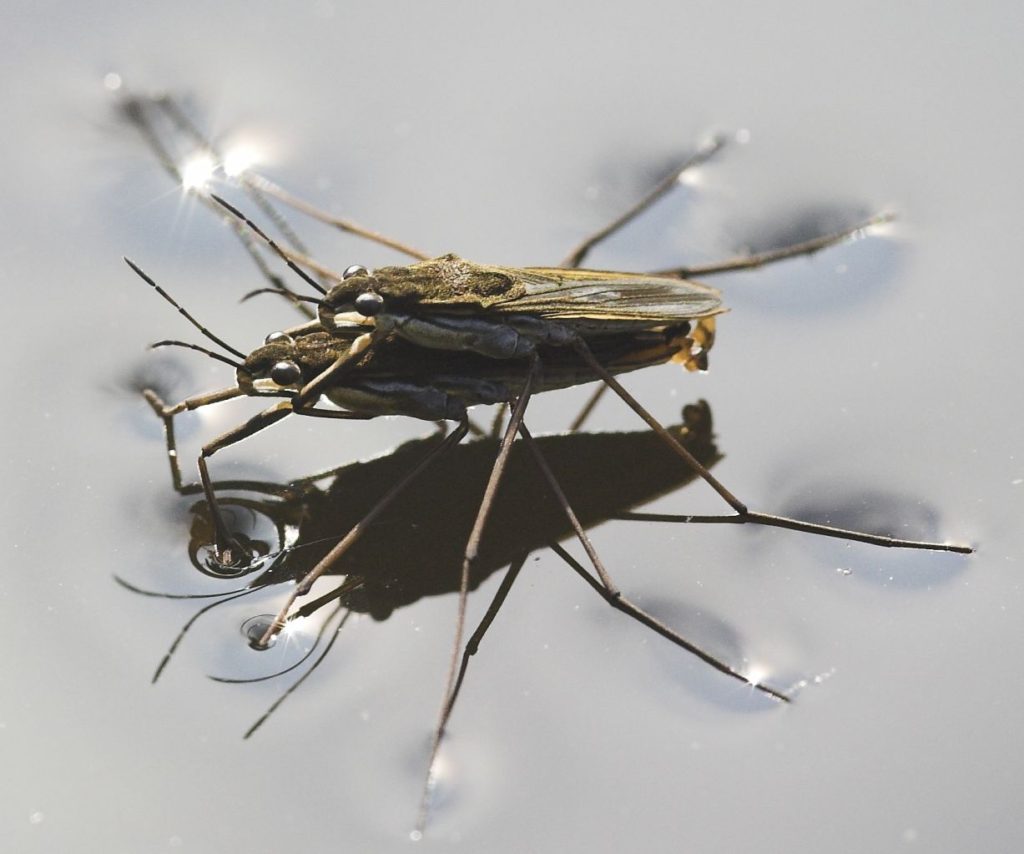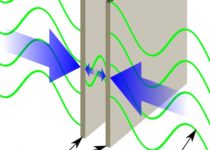Development Of Nanomachines Could Be Truly Revolutionized By These 2 Approaches Adapted From Biology

Nanomachines have been in the minds of researchers since long. They were first conceived by Richard Feynman, who in his lecture “There’s Plenty of Room at the Bottom“, talks about macroscopic machines designed by us to create smaller replicas of themselves, that in turn would create even tinier replicas of themselves, and so on, until replicas of the macroscopic machines made by us are created at the nano level. This lecture by Feynman was delivered in 1959. Since then there has been some progress in development of nanomachines, but so far it hasn’t been nearly enough to make nanomachines a part of our daily life.
There are two major problems, among others, that have held back the development of truly useful nanomachines so far. Firstly, while large machines like cars, ships and airplanes have plenty of space to carry internal fuel, and this internal fuel can give them significant range, nanomachines are just too tiny to carry their own fuel internally. Consequently, the internal fuel carrying concept of large machines needs to be dumped in the designing of nanomachines, and an alternative needs to be searched. Secondly, nanomachines, during movement, face atomic and molecular forces that are VERY different from the mechanical forces large machines like ships and airplanes experience.
The vastly different effects of these forces on objects at different scales can be seen in how water, that can easily be waded through by you, or a boat for that matter, can become an inescapable trap for a fly if it falls on it. That’s not because the fly could drown, in fact, most insects actually float on water after falling. Its because the the surface tension of water, while not strong enough to impede your movement, is strong enough to glue the fly’s wings to the water surface, so that no matter how much the fly struggles, it can’t escape.
This strength of surface tension is actually utilized by certain aquatic insects to literally walk on water, while a creature as large as you would need buoyancy and the mechanical force of swimming to stay afloat. Surface tension, originating from hydrogen bonds between water molecules, is just one of the different forces that act on a microscopic and nanoscopic level. These molecular forces include electrostatic bonds, hydrogen bonds, ionic bonds and van der Waals force. If water treats a fly so differently than you, imagine how differently it would treat a nanomachine, that’s millions of times tinier than even the fly.

Energy Source For Nanomachines
Since nanomachines are too tiny to internally carry meaningful amounts of fuel, we need to look at some naturally occurring nanomachines found in our own body, to look for solutions. The natural nanomachines I am talking about are the dazzling variety of proteins that perform a myriad variety of functions, like transporting molecular cargo from one part of the cell to another, giving structural strength to the cell, allowing cell to communicate with surroundings, absorbing and expelling molecules from the cell, breaking down other proteins as well as synthesizing new proteins. The video below shows a glimpse of all these proteins working together in the cell.
These protein molecules use a small molecule called ATP as their fuel. And they too are way too tiny to carry an internal reserve of ATP. Instead, they have access to ATP every moment because the cytoplasm, the liquid that fills the cells, and in which these proteins work, is full of ATP molecules. Hence, these proteins are always surrounded by ATP molecules wherever they go in the cell. This is analogous to a ship sailing in an ocean of not water, but oil, which it can constantly take in to burn and propel itself forward. In such a scenario, the ship would have no need for an internal fuel tank.
In fact, even whole cells use fuels in their surroundings to move. Sperm cells, for example, use fructose (which is subsequently converted into ATP) as a fuel to propel themselves forward. And this fructose is all around them in their surroundings, as semen has a high concentration of fructose. They just need to absorb this external fructose surrounding them to use it as fuel. Researchers are now starting to try and replicate this approach in the development of artificial nanomachines.
Researchers are now using this approach to design nanomachines that get their energy not from an internal fuel tank, but from an external source. But unlike the protein molecules, the man made nanomachines will likely not use fructose or ATP as an energy source. This is because it will require a lot of research and development to design the molecular machinery that can recognize and use these molecules as an energy source. And even if such machinery is developed, it will likely be very fragile, just like protein molecules. Proteins can afford to be fragile because the molecular machinery to synthesize the proteins exists in the cell itself.
Man made nanomachines, however will need to be more robust as they need to be synthesized in a lab and survive for long periods of time inside the human body. Fortunately, there exists an external energy source that can be as ubiquitous as ATP and other molecules, and yet doesn’t need sophisticated and fragile molecular machinery to be utilized. This external source is electromagnetic field. Its something whose effect can be seen in how tiny iron needles move and orient themselves when a magnet is in the vicinity, and how magliv trains move in the influence of an electromagnetic field, without ever touching the track.
Researchers have already started developing microbots that can operate inside human body, moving under the influence of an external magnetic field. The video below shows a helical microbot, that rotates along its longitudinal axis under the influence of magnetic field. This rotational motion propels the bot forward in liquid medium. In the video below, the bot is shown grabbing inactive sperm cells and delivering them to an ovum. This is a novel method of in vitro fertilization that could help address infertility.
In the second video below, you see another bot that moves under the influence of magnetic field. But this one is large enough to be seen by the naked eye and is far more flexible, so that it can bend and change its shape. This bot is being developed to perform surgical procedures like unclogging of arteries. And from the 26:12 mark on wards in another video here, you can see more such examples of tiny bots being propelled using magnetic fields.
The thing to note about these magnetically propelled bots is how simple they actually are. They have no moving parts and no different structures like engine, chassis and fuel tank like macroscopic machines have. Yet they can work wonders for healthcare. Also note that the two bots shown above are not strictly speaking nanomachines. The first one is comparable in size to a human sperm cell whose dimensions are in micrometers, and the second one is actually large enough to not need a microscope for visualization. However, this same approach of using an external magnetic field could also be used to device far smaller bots that can rightly be called nanomachines.
Nanomachine Propulsion
Another issue to sort out to make nanomachine development realistic is propulsion at the nanoscale. And this is another area in which inspiration from biological systems has proven effective. The video of microbot for in vitro fertilization above shows a bot that is helical in shape. In fact, its nothing but a helical rod that is magnetic. The relisation that rotation of a helical structure can produce propulsion efficiently at such small scales came from the study on how bacteria move their flagella to produce locomotion.
The video below shows that unlike a sperm cell, which moves its tail to and fro like a whiplash to propel itself forward, the much smaller bacteria actually rotate their flagella along the longitudinal axis. This causes the helical flagellum to rotate. Unlike the whiplash like movement of sperm tail, the rotation of the helical flagella of bacteria propels the bacteria forward pretty much like how a helical wine opener screws its way into a cork. In other words, the helical tail doesn’t really wade through liquid. It actually drills through it.
It seems that the bacterial flagella have evolved this way because at those tiny scales, this is probably a more efficient method of propulsion. Because at the nano scale, the force produced by molecules of liquid attracting the surface of the nanomachine becomes way too large to be ignored, and the rotational motion of a helix is the best way to minimize the drag created by it. You can learn more about this phenomenon in this video. It is this lesson that has been applied to the helical microbot seen transporting sperm cells to the ovum.
The microbot used in the video above is simply a helical rod. In future, however, more sophisticated nanomachines could be developed, in which a helical rod is just one of the moving parts, like the helical flagella of bacteria. The helical rod could be attached to a compartment that could either carry a drug to be delivered to a specific location in the body, or be a nanoparticle that could be heated using electromagnetic fields to destroy tumors, liposomes carrying drugs, or a virus that specifically infects and destroys tumor cells, or some other tiny contraption that researchers might cook up in future.
Delivery of liposomes and anti tumor viruses using such nanomachines could be especially useful, as the nanomachine would shield them from the body’s immune system for most of their journey and release them right at the sight of interest. It is conceivable that such microbots or nanomachines could have multiple moving parts, including doors that could open to release cargo, and all these different moving parts could be operated remotely using magnetic fields, just like the remotely controlled rotation of the helical tail.
The development of helical magnetic rods, however, needs further research, as evidence shows that while the helical shape of the magnetic rods makes their propulsion easy, it also somehow makes them more recognizable to the body’s immune system. It is possible that our immune system has evolved this way to recognize the helical tails of pathogenic bacteria. And interestingly, even the number of turns per unit length of the helix seems to determine the extent to which the helix will trigger an immune response. Hence, the overall shape of the helical rods needs to be optimized for them to be used inside the human body, so that they remain efficient at propulsion without triggering an immune response.
Conclusion
Since natural nanomachines and microbots have existed for millions of years in the form of protein molecules and cells, we can take inspiration from them to solve two central issues faced in development of artificial nanomachines, namely an energy source that’s readily available and a propulsion system that is efficient at nano scale. And we are starting to take baby steps in this direction. Hopefully, in near future we will see nanomachines sophisticated enough to treat serious maladies like cancer, operating inside the body with minimally invasive procedures, and no toxicity or immunogenecity.



Awesome prranshu… Really nice article.. Keep going you have covered all the content and its precise and note worthy!!!
Thanks bro 🙂